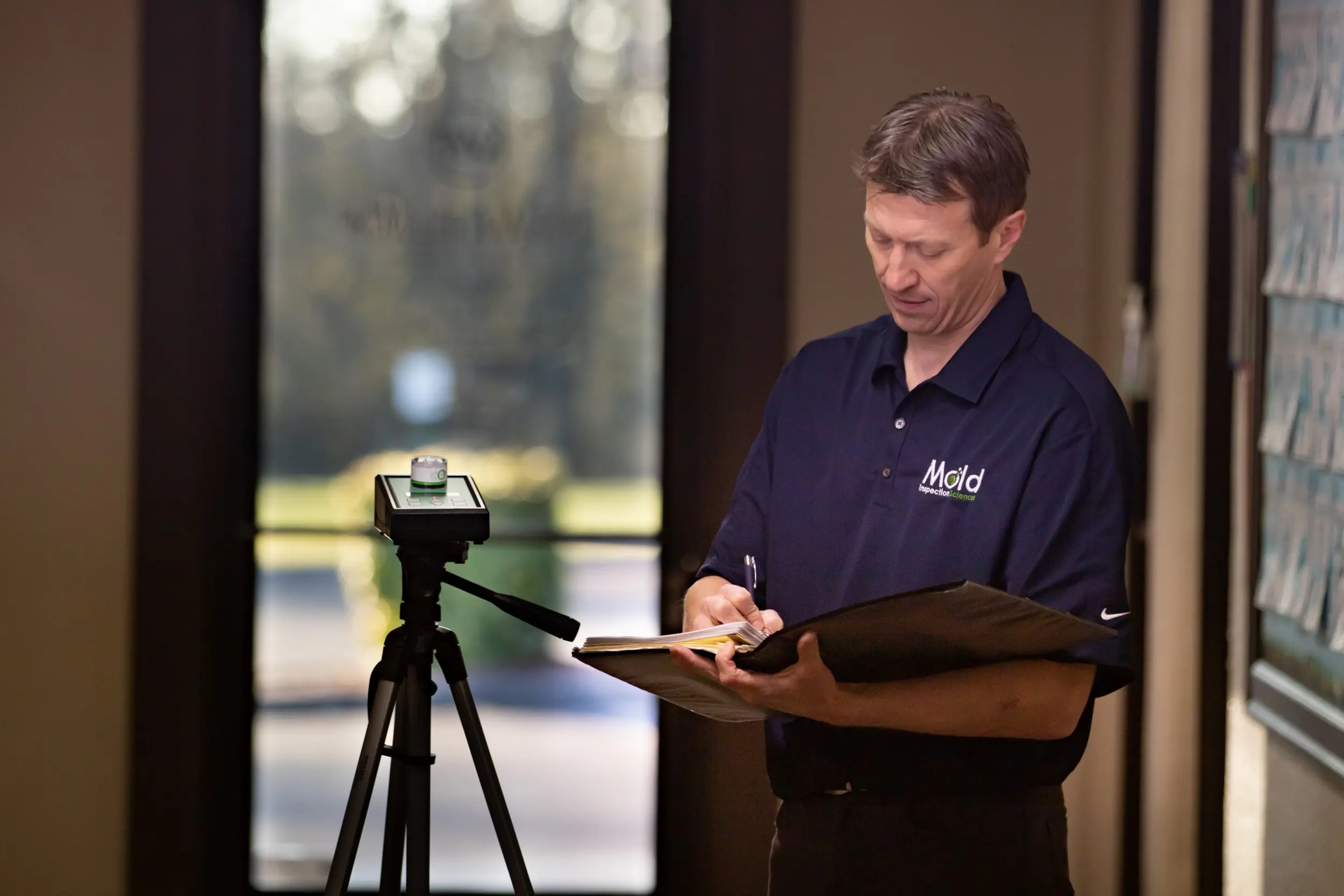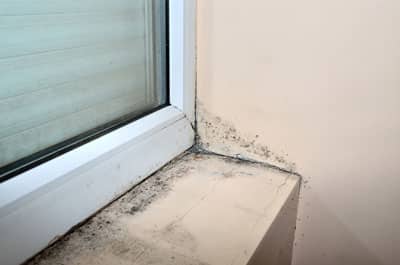Accessing Regional Post Remediation Mold Testing Near Me
Wiki Article
Specialist Tips for Article Mold And Mildew Remediation Success
In the world of mold and mildew remediation, successfully removing mold and mildew is just half the fight; the true obstacle lies in preventing its reappearance. By adhering to skilled ideas and best techniques, people can guard their rooms against mold and mildew renewal and keep a healthy interior setting.
Display Humidity Levels Routinely
Routine tracking of moisture degrees is essential in making sure the effectiveness of article mold remediation initiatives. After finishing mold and mildew remediation procedures, maintaining optimum moisture degrees is vital to protect against mold re-growth and make sure a healthy and balanced interior setting. Tracking humidity degrees permits early detection of any type of spikes or changes that can possibly bring about mold and mildew resurgence. High moisture degrees over 60% produce a helpful atmosphere for mold and mildew to prosper, making routine keeping track of a positive action to avoid any future mold and mildew concerns - Post Mold Remediation Report.Utilizing hygrometers or dampness meters can help in accurately determining moisture degrees in different areas of the residential or commercial property. These tools supply real-time data that makes it possible for removal professionals to make informed choices relating to air flow, dehumidification, and various other needed actions to maintain ideal moisture levels post-remediation. Furthermore, developing a regular schedule for humidity checks, particularly in risky locations such as kitchens, cellars, and shower rooms, is a proactive method to mold and mildew prevention. By constantly checking moisture levels, homeowner can successfully mitigate the danger of mold reoccurrence and keep a healthy and balanced interior setting post-remediation.
Conduct Thorough Inspections Post-Remediation
Adhering to the completion of mold and mildew removal procedures, it is critical to perform extensive examinations to confirm the efficiency of the remediation process. These post-remediation assessments are critical in guaranteeing that the mold and mildew concern has actually been efficiently dealt with and that there is no reoccurrence or staying mold and mildew development. Examinations need to be accomplished by qualified experts who have competence in recognizing mold and mildew and evaluating interior air top quality.During these evaluations, numerous methods such as visual evaluations, air sampling, and surface area sampling may be employed to completely evaluate the remediated areas. Aesthetic evaluations involve a thorough examination of the facilities to inspect for any kind of noticeable indications of mold growth or water damages. Air sampling helps in figuring out the air-borne mold spore degrees, while surface tasting can find mold and mildew particles on surface areas.
Implement Proper Ventilation Strategies
After guaranteeing the performance of the mold remediation procedure through comprehensive examinations, the next important step is to concentrate on executing correct air flow techniques. Adequate air flow is essential in protecting against mold and mildew reoccurrence by controlling moisture degrees and promoting air circulation. To attain this, it is advised to use exhaust followers in areas prone to high humidity, such as washrooms and kitchen areas. Furthermore, opening up windows and doors when weather condition permits can help enhance air flow and decrease wetness build-up. Air dehumidifiers and cleansers are additionally beneficial tools in keeping optimal indoor air top quality.
Proper air flow not just help in preventing mold and mildew development however likewise adds to the general health and wellness and comfort of residents. By ensuring adequate air flow throughout the residential property, you can lower the danger of mold and mildew regrowth and create a much healthier living environment. Routine upkeep of air flow systems, including cleansing and filter substitutes, is essential to maintaining reliable ventilation. Consulting with heating and cooling experts can supply further understandings right into maximizing ventilation approaches for your particular residential property needs.

Use Mold-Resistant Products for Repairs
To improve the long-term effectiveness of mold remediation initiatives, including mold-resistant materials for repair services is important in minimizing Post Mold Remediation Report the danger of future mold and mildew development. Mold-resistant materials are designed to hold up against wetness and hinder mold and mildew growth, making them an essential selection for areas susceptible to dampness and moisture. When fixing areas influenced by mold and mildew, utilizing products such as mold-resistant drywall, mold-resistant paints, and mold-resistant caulking can help avoid mold reoccurrence.Mold-resistant drywall is an outstanding option to traditional drywall in locations like washrooms and basements where wetness degrees are higher. When revealed to damp problems, this kind of drywall has an unique coating that withstands mold and mildew development also. Additionally, making use of mold-resistant paints including antimicrobial agents can even more prevent mold and mildew advancement on ceilings and walls.
In areas where dampness prevails, such as shower rooms and cooking areas, using mold-resistant caulking around tubs, sinks, and home windows can aid secure out water and protect against mold and mildew from holding in fractures and gaps. By purchasing these mold-resistant materials during repairs post-remediation, you can significantly minimize the probability of future mold and mildew issues and keep a healthier indoor environment.
Maintain Sanitation and Address Water Issues
After mold and mildew remediation, it is vital to maintain a tidy atmosphere to protect against the regrowth of mold. Leakages, water invasion, or high moisture degrees can create the excellent breeding ground for mold and mildew, so it is imperative to deal with any water-related issues instantly.To preserve cleanliness, take into consideration utilizing HEPA filters in vacuum cleaners and air cleansers to trap mold spores and stop their circulation airborne. Moreover, ensuring appropriate air flow in areas susceptible to moisture buildup, such as kitchen areas and shower rooms, can help maintain humidity degrees in check. By staying vigilant about sanitation and resolving water concerns without delay, you can properly prevent mold and mildew reinfestation and keep a healthy and balanced interior environment.
Conclusion

In the realm of mold and mildew remediation, effectively removing mold is only half the fight; the true challenge exists in stopping its reappearance. After finishing mold remediation treatments, keeping optimum moisture levels is essential to avoid mold re-growth and make sure a healthy and balanced indoor atmosphere. High moisture degrees over 60% produce a conducive setting for mold and mildew to prosper, making routine keeping track of an aggressive action to stop any future mold concerns.
To enhance the long-lasting performance of mold removal initiatives, including mold-resistant materials for repairs is important in alleviating the danger of future mold and mildew development. After mold remediation, it is important to maintain a clean environment to prevent the regrowth of mold.
Report this wiki page